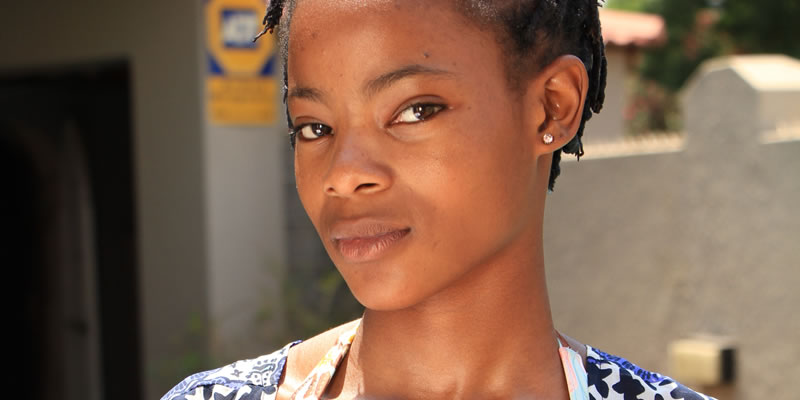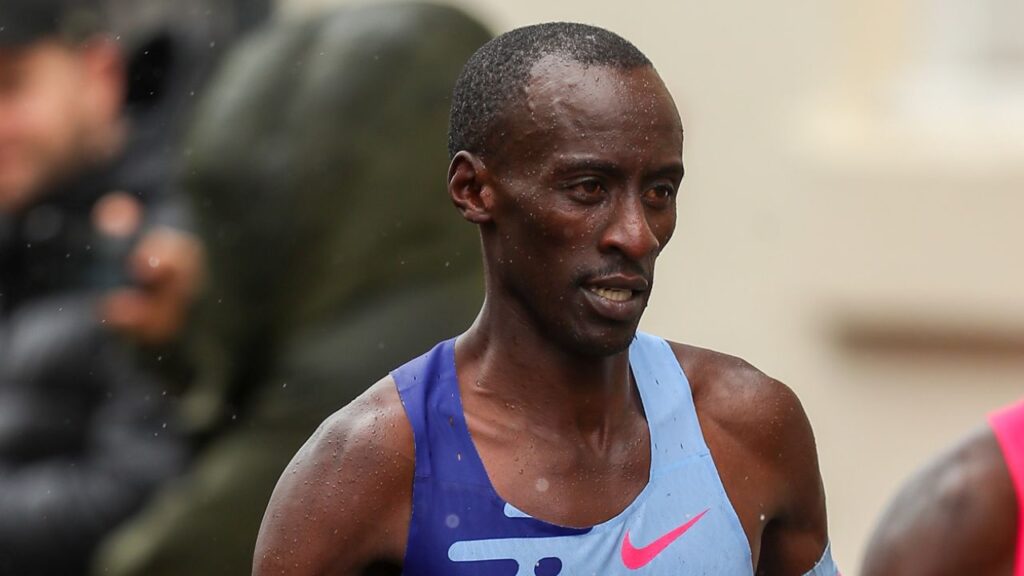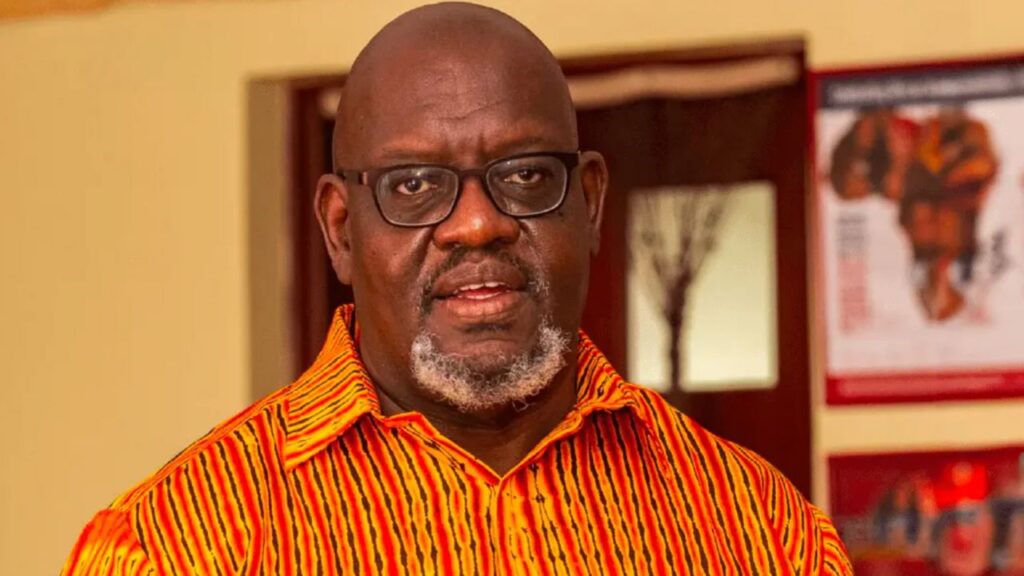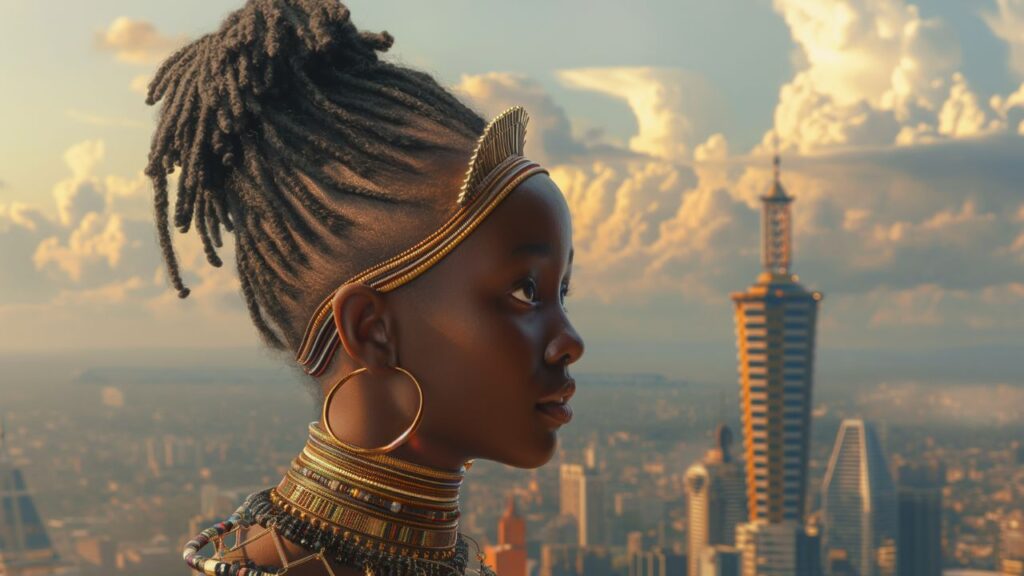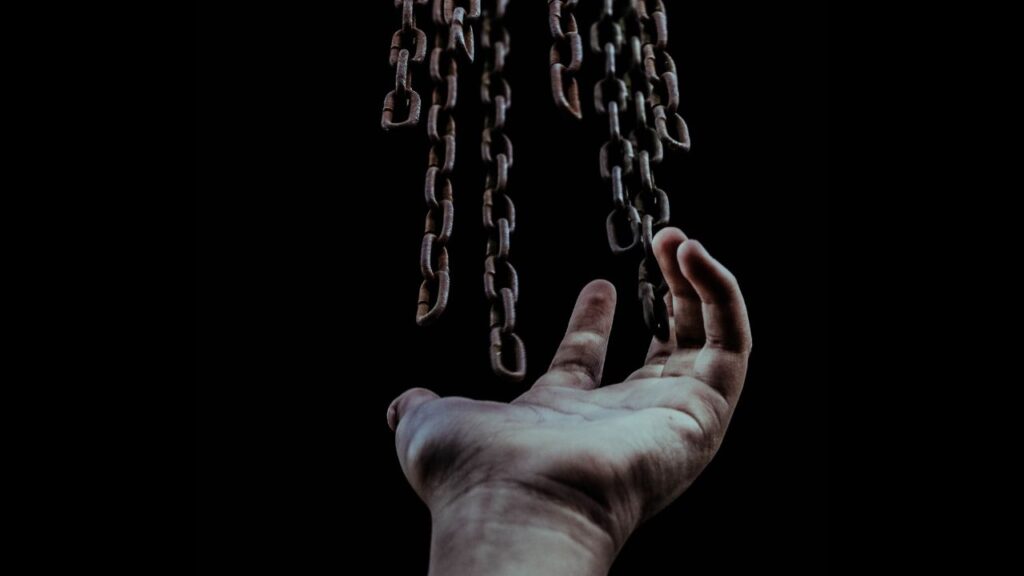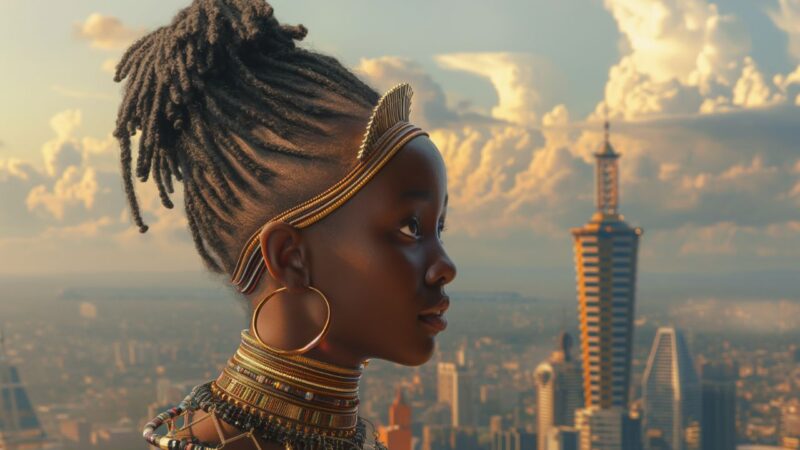I first encountered feminism as a graduate student in the US, and I didn’t take to it. The women who were feminists around me seemed irrational, angry and easily triggered. I still remember my first feminist moment. A male student walked up to me and a fellow female student and with a smile on his face complimented us on how good we looked. I did look good and I was in the middle of thanking him for the compliment when I became aware of my friends’ angry retort that went something like this, “…Focus on our minds and not on our bodies.” I don’t know who was more mortified, me or the young man. As he slinked off in confusion I was left with many questions. How was he supposed to see the state of our minds? Why had we put in so much effort to look good if we apparently did not want to be complimented?
My initial aversion to feminism was reinforced by some of my professors, especially the older men, who counseled me to keep away from feminists to avoid becoming angry and bitter, which according to them was the inevitable lot of a feminist. My fellow African students especially, not only the men, asserted that feminism was simply un-African. For a while there I agreed with all of them. But approximately six months into my graduate studies, I discovered politics and not just any politics, but one that had me leaning more and more to the left. By the end of my graduate studies, I was fully-fledged and radicalised, identifying as a Marxist – Feminist.
What happened to cause my radicalisation? We love nice neat stories in which there is “the moment” that changes everything. But this is never the case and my radicalisation has its roots in what I will call milestone moments that left me questioning life and its meaning, long before I came to America. One of the earliest milestone moments happened in Kenya as I watched Prof. Wangari Maathai fight to prevent her divorce.
Wangari and her husband, Mwangi Mathai, separated in 1977. After a two year separation, Mwangi filed for divorce in 1979. Mwangi was said to have believed Wangari was “too strong-minded for a woman” and that he was “unable to control her”. In addition to naming her as “cruel” in court filings, he publicly accused her of adultery with another Member of Parliament, which in turn was thought to cause his high blood pressure and the judge ruled in Mwangi’s favor. Shortly after the trial, in an interview with Viva magazine, Wangari referred to the judge as either incompetent or corrupt. The interview later led the judge to charge Wangari with contempt of court. She was found guilty and sentenced to six months in jail. After three days in Lang’ata Women’s Prison in Nairobi, her lawyer was able to get her released. Shortly after the divorce, her former husband sent a letter via his lawyer demanding that Wangari drop his surname. She chose to add an extra “a” instead of changing her name, and that’s why we know her as Wangari Maathai.
I watched as her reputation was torn apart by her husband, and all around me grown men and women gossiped, castigated and scandalised Wangari with a vicious glee, which shocked me. I had attended an all girls’ school (Loreto Convent Valley Road) and grown up in a home that rewarded achievement. But it turned out that this background had insulated me and given me an entirely false picture of my country. In the Wangari Maathai moment, I discovered my country’s hard core patriarchy and misogynistic nature and it gave me pause. I realised I was a woman and saw what I was up against, me with my many ambitions.
The next milestone moment took place at the University of Nairobi and reinforced the lessons learnt in the Wangari Maathai moment. It was my first week at university and through a series of accidents I ended up taking Botany and Zoology instead of the sociology that I had signed up for. One day as I walked to class I was joined by a male student who looked innocent enough until I told him what I was studying.
“Oh it must be very hard for you to study science, being a female.” He looked at me with a woiye look of concern on his face. I was shocked and ripped into him for his nonsensical ideas. What was he studying? The very Sociology I should have been studying if I didn’t have “A” levels in both the arts and sciences.
Soon after becoming a feminist, I started to look for fellow African feminists and African feminist writing. I was looking for myself and my world. Although women all over the world have much in common, the detail in our disparate worlds makes each community of women unique. And there is nothing more nurturing than finding yourself described, analysed and understood by your own.
My experienced playing hockey in Kenya and in the US will illustrate. When I went to graduate school in America I gleefully joined the women’s hockey team. But I found the American idea of women’s hockey did not match mine. In Kenya there is no distinction between women and men’s hockey, we play full out with equal skill, strength and speed. Hockey is a dangerous game and that is one of the reasons I loved it so much. And to improve my game, I had often played on men’s teams. In the US women played hockey as if they were delicate greenhouse flowers, they pushed the ball, ran gently and played slowly. The coach reprimanded me on several occasions when I brought my thundering Kenyan style to the pitch. It clearly terrified the American girls. I soon quit because I could not confine myself to the narrow version of the game played by American women.
My search for African versions of feminism finally bore fruit when to my delight I discovered Dr. Achola Pala Okeyo one of the leading Kenyan women who obtained a PHD from Harvard University in the 1970s. Her research on Kenyan women filled me with joy and helped me navigate the terrain of feminism on my own terms.
Research on African women revealed that one of the most important contributions that African women have made to feminism has much in common with the way in which hockey is played in Kenya. African women were acknowledged to have physical strength which was seen as a positive attribute. It was in Africa that women were farmers, a situation which had flummoxed the colonials coming from western European countries, Britain, France, Portugal, Spain, where it was men who were the farmers. On the hockey pitch in Kenya I played full out knowing that I had the strength to play. However, I found the idea of a delicate American woman permeating most aspects of their culture, with the consequence of preventing American women from exploring and expanding the limits of their physical abilities. Ironically it was Africa’s idea of a woman which helped the feminist movement understand that gender was a social construct and was not a biological determinant.
You always remember your first feminist conference; mine was entitled, “Common Differences: Third World Women and Feminist Perspective”. It was held in April 1983 at the University of Illinois at Urbana Champaign. In addition to being my first feminist conference, this conference was also one of the first occasions for women of colour and white women in the USA and women from third world countries to come together around their common differences. The conference had 150 presenters and an audience of 2,000 people and was organised around three themes namely; Colonization and Resistance, Images and Reality and International Women’s Movements. I remember a few things about the conference. First I remember listening in awe to Nawal El Sadaawi, Egyptian feminist writer, activist, physician, and psychiatrist. In the session I attended she was telling the western feminists that they too had been circumcised psychologically and not to look at African women as the only ones whose sexuality had been compromised through Female Genital Mutilation (FGM).
My most enduring memory was being on the receiving end of the feminist hierarchy which apparently made me invisible and my opinions inconsequential in a conference about third world women – precisely because I was the real deal, a third world woman. This is how it happened. I was in a session. I contributed. I was ignored. I shrunk into confused despondency. Fortunately for me there was another woman of colour, she was Chinese American and knew her people well. After three white women spoke ignoring my rather scintillating contribution, she staged a disruption. She stood up, banged a table and brought the proceedings to a halt. But first she asked me to stand up. Then she turned the room’s attention on me. Her exact words are lost to memory. But they were something like this. “Look at her, all of you stop and take a look at her, did any of you hear what she said? This young woman who is a real Third Worlder has just made an excellent contribution and all of you ignored her as if she was invisible. Now to see if any of you bothered to listen to her I want you to repeat what she said.” The Chinese American woman proceeded to point at people randomly making them repeat what I had said. I was surprised, most of them were able to repeat my words even if they had ignored me. That disruption realigned not just that session but the whole conference, with western feminists realising that they had to listen and engage with feminist women of colour and third world feminist women. And that we were experts in our own worlds and not the Africanist feminists. What I learned from that encounter is that I was not safe even in feminist spaces.
Resistance and rebellion often comes with severe consequences. Even celebrated women like Prof. Wangari Maathai did not escape the consequences of her achievements. And sometimes women pay with their lives. The late Ivy Wangechi, a young doctor on the cusp of her new life, paid with her life in April 2019. She was murdered by Naftali Njahi Kinuthia who traveled from Thika to Eldoret where she was in the final weeks of studying for her medical degree and hacked Ivy to death, with an axe and knife he had bought for the job. Ivy’s father and mother had to endure the ridiculous and unfounded reasons given by Kinuthia for murdering Ivy, which were given credence and prominence in media reports. I am a feminist because of the way in which society treated the murdered young woman by shaming her in death and giving credibility to the nonsense stories told by a clearly deranged killer. It is clear that even a mad man has higher and more credible status than a woman who had almost completed 6 years of training which would lead her to become a doctor, a saver of lives.
But let me end with a quote from a man I so admire, Thomas Sankara.
“Posing the question of women in Burkinabè society today means posing the abolition of the system of slavery to which they have been subjected for millennia. The first step is to try to understand how this system works, to grasp its real nature in all its subtlety, in order then to work out a line of action that can lead to women’s total emancipation. In other words, in order to win this battle that men and women have in common, we must be familiar with all aspects of the woman question on a world scale and here in Burkina. We must understand how the struggle of the Burkinabè woman is part of a worldwide struggle of all women and, beyond that, part of the struggle for the full rehabilitation of our continent. Thus, women’s emancipation is at the heart of the question of humanity itself, here and everywhere. The question is thus universal in character.”
And in case that Sankara quote is not enough, here is one that brings us all closer home.
“Women’s fate is bound up with that of an exploited male. However, this solidarity must not blind us in looking at the specific situation faced by womenfolk in our society. It is true that the woman worker and simple man are exploited economically, but the worker wife is also condemned further to silence by her worker husband. This is the same method used by men to dominate other men! The idea was crafted that certain men, by virtue of their family origin and birth, or by ‘divine rights’, were superior to others.”
Many years later I am still a feminist and I understand the animosity and insults leveled at feminists. Women’s oppression is the original human sin and has been normalised by most societies. For many centuries, in true Stockholm syndrome fashion, women have complied, playing their crucial role in keeping themselves and other women in “their place”. But even for women, change had to come. Now more and more women are refusing to stay in the place assigned to them, the shamba, the margins of society, the kitchen or whatever place their societies deemed fit them.

